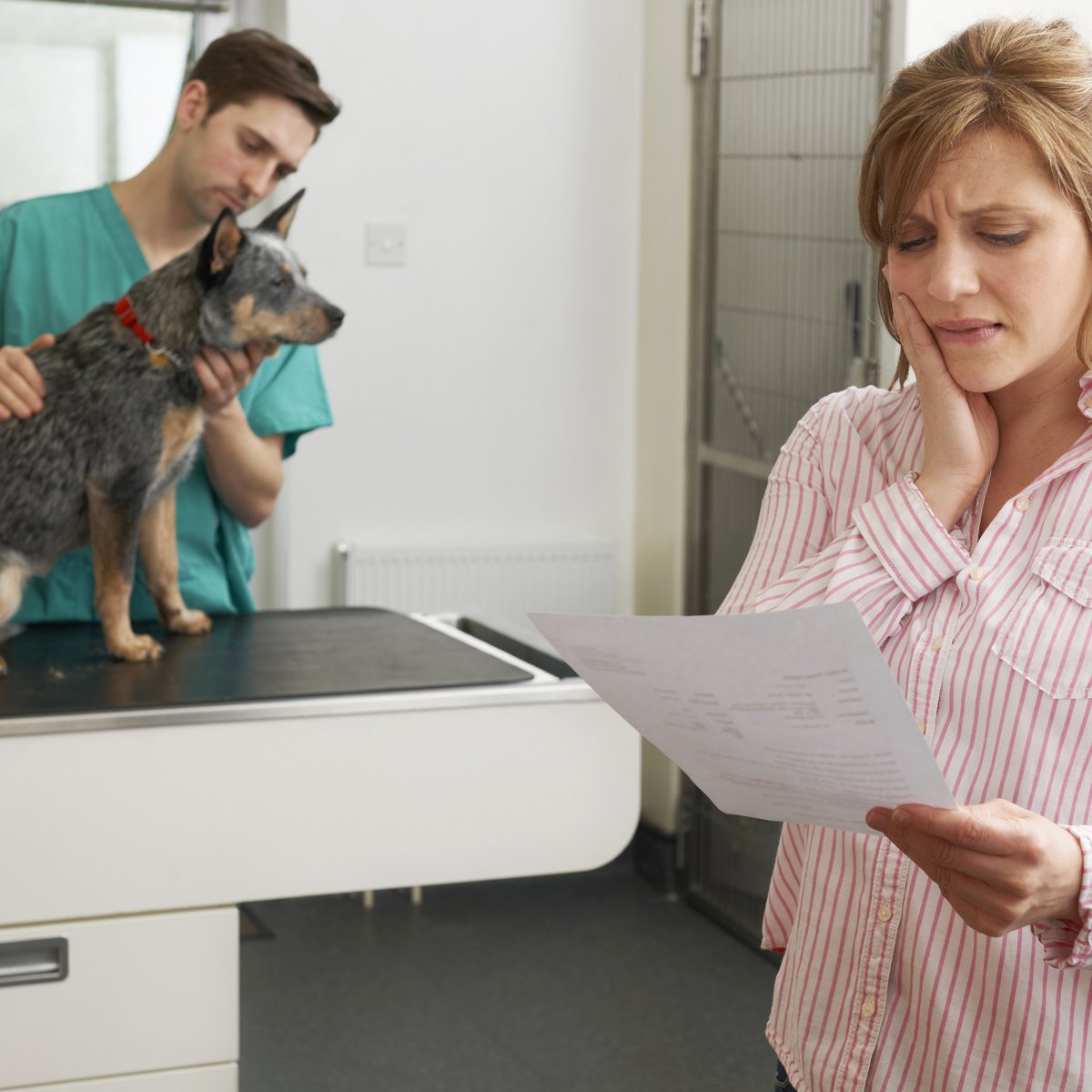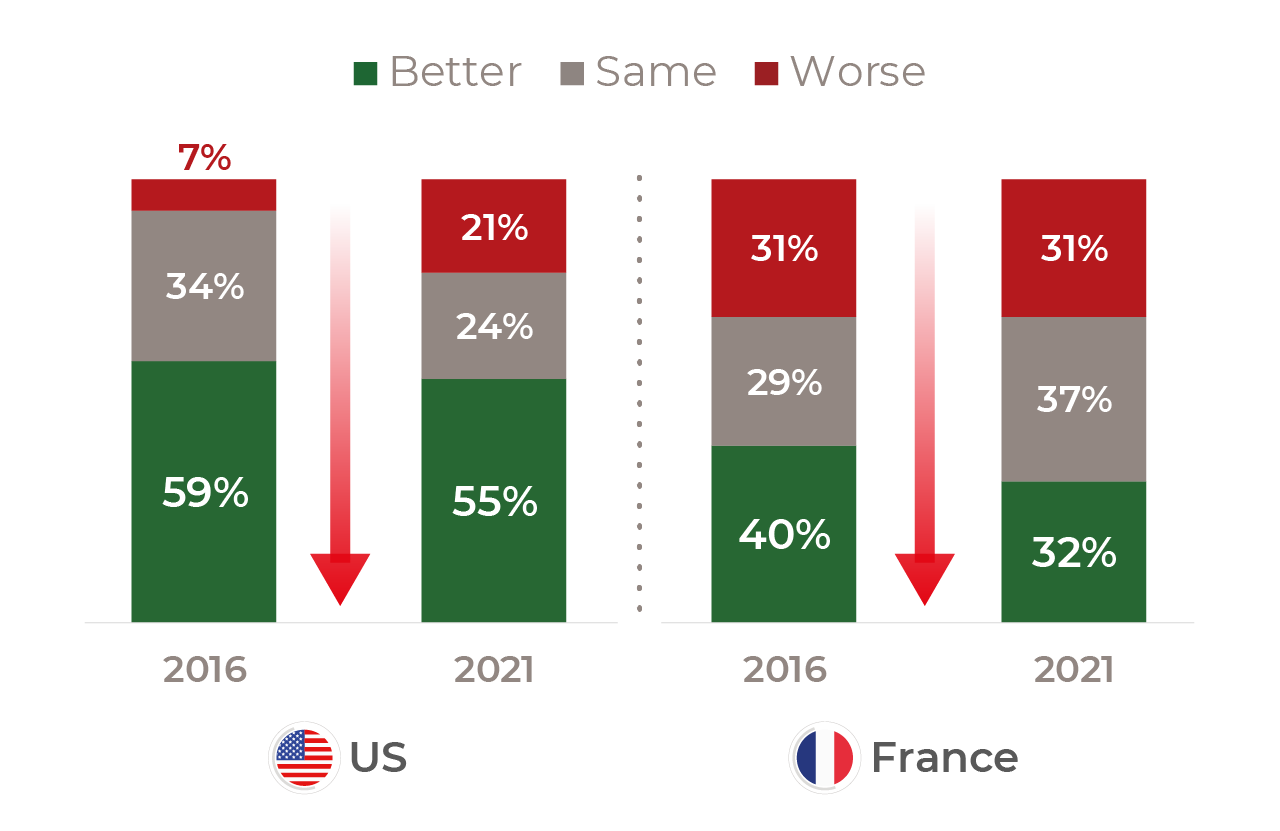The cost of living crisis and its impact on veterinary practice – Part 1
By Tanya Michelsen
It’s clear that the cost-of-living crisis is affecting us all. 52% of American adults say they are worse off financially than they were a year ago, according to a survey conducted for The New York Times. That was up from 41% in April and was by far the highest share in the survey’s five years. Similar increases have been seen across many other countries. In France, there are now a million more people that are considered poor than 10 years ago.

It has also been frequently mentioned that the veterinary sector is recession proof but recent data from our surveys has highlighted some worrying trends that may force the sector to change and adapt.
On the one hand, our data shows that veterinarians are not as well off financially as they were in 2016. We’ve seen a drop of 8% in the numbers of French vets indicating they were better off financially this year as compared to 2016, while in the US the drop has been 4%. We also know that mainly owners/partners have benefitted from the increased post-pandemic demand in veterinary services whilst most employed vets have seen no improvement at all (despite their ever-increasing hours and burnout).
The current climate has affected different businesses in different ways. Compared to last year, would you say you are financially…

But more worrying is the increase in pet owners that are struggling to pay their veterinary bills (see chart below). In the US now over a third of pet owners are struggling to pay their veterinary bills and it’s higher in rural areas (where there is more poverty). In France the issue is not as large as in the US, but it has seen a dramatic increase. Now, one in five pet owners struggle to pay their bills, and more likely so if they are in the inner cities. There is also evidence that employed vets are more likely to identify a pet owner that is struggling financially, potentially suggesting that they have more frank and honest discussions with their patients.
But what does all this mean? If the trend continues there will be increased demand to find alternative/cheaper treatment options. This will benefit sales of generics. Other consequences may include pet owners simply putting off going to the vet, or looking for alternatives, such as charities or the Internet. In the worse case they may choose early euthanasia.
In any case, what is clear is that the veterinary sector has never been under such strain from internal issues like recruitment, burn out, stress to the external one of pet owners not being able to afford care.
What percentage of your clients are currently struggling to pay their veterinary bills?

Urban 31%
Suburban 35%
Rural 39%
Owner 33%
Employee 37%

Urban 23%
Suburban 19%
Rural 14%
Owner 18%
Employee 22%
Tanya Michelsen
Research Director